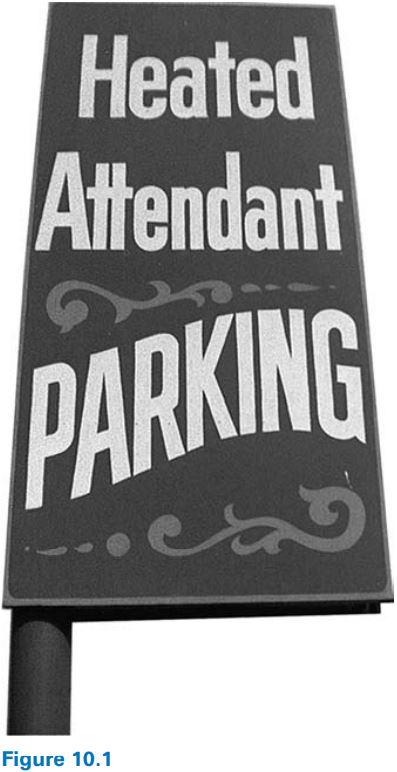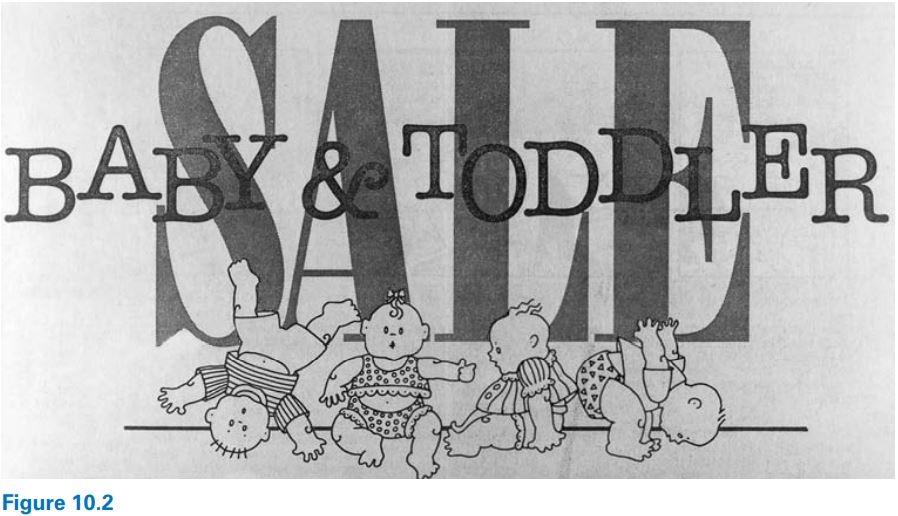
Pragmatics
 المؤلف:
George Yule
المؤلف:
George Yule
 المصدر:
The study of language
المصدر:
The study of language
 الجزء والصفحة:
127-10
الجزء والصفحة:
127-10
 23-2-2022
23-2-2022
 1853
1853
In the late 1960s, two elderly American tourists who had been touring Scotland reported that, in their travels, they had come to a Scottish town in which there was a great ruined cathedral. As they stood in the ruins, they saw a small boy and they asked him when the cathedral had been so badly damaged. He replied in the war. Their immediate interpretation, in the 1960s, was that he must be referring to the Second World War which had ended only twenty years earlier. But then they thought that the ruins looked as if they had been in their dilapidated state for much longer than that, so they asked the boy which war he meant. He replied the war with the English, which, they eventually discovered, had formally ended in 1745.
We focused on conceptual meaning and the relationships between words. There are other aspects of meaning that depend more on context and the communicative intentions of speakers. In Gill Brown’s story, the American tourists and the Scottish boy seem to be using the word war with essentially the same basic meaning. However, the boy was using the word to refer to something the tourists didn’t expect, hence the initial misunderstanding. Communication clearly depends on not only recognizing the meaning of words in an utterance, but recognizing what speakers mean by their utterances. The study of what speakers mean, or “speaker meaning,” is called pragmatics.
In many ways, pragmatics is the study of “invisible” meaning, or how we recognize what is meant even when it isn’t actually said or written. In order for that to happen, speakers (or writers) must be able to depend on a lot of shared assumptions and expectations when they try to communicate. The investigation of those assumptions and expectations provides us with some insights into how more is always being communicated than is said.
Driving by a parking garage, you may see a large sign like the one in the picture. You read the sign, knowing what each of the words means and what the sign as a whole means. However, you don’t normally think that the sign is advertising a place where you can park your “heated attendant.” (You take an attendant, you heat him/her up, and this is where you can park him/her.) Alternatively, the sign may indicate a place where parking will be carried out by attendants who have been heated.

The words in the sign may allow these interpretations, but we would normally understand that we can park a car in this place, that it’s a heated area, and that there will be an attendant to look after the car. So, how do we decide that the sign means this when the sign doesn’t even have the word car on it? We must use the meanings of the words, the context in which they occur, and some pre-existing knowledge of what would be a likely message as we work toward a reasonable interpretation of what the producer of the sign intended it to convey. Our interpretation of the “meaning” of the sign is not based solely on the words, but on what we think the writer intended to communicate.
 will be an attendant to look after the car. So, how do we decide that the sign means this when the sign doesn’t even have the word car on it? We must use the meanings of the words, the context in which they occur, and some pre-existing knowledge of what would be a likely message as we work toward a reasonable interpretation of what the producer of the sign intended it to convey. Our interpretation of the “meaning” of the sign is not based solely on the words, but on what we think the writer intended to communicate.
will be an attendant to look after the car. So, how do we decide that the sign means this when the sign doesn’t even have the word car on it? We must use the meanings of the words, the context in which they occur, and some pre-existing knowledge of what would be a likely message as we work toward a reasonable interpretation of what the producer of the sign intended it to convey. Our interpretation of the “meaning” of the sign is not based solely on the words, but on what we think the writer intended to communicate.
In the other picture, assuming things are normal and this store has not gone into the business of selling young children, we can recognize an advertisement for a sale of clothes for those babies and toddlers. The word clothes doesn’t appear in the message, but we can bring that idea to our interpretation of the message as we work out what the advertiser intended us to understand. We are actively involved in creating an inter�pretation of what we read and hear.
 الاكثر قراءة في pragmatics
الاكثر قراءة في pragmatics
 اخر الاخبار
اخر الاخبار
اخبار العتبة العباسية المقدسة


